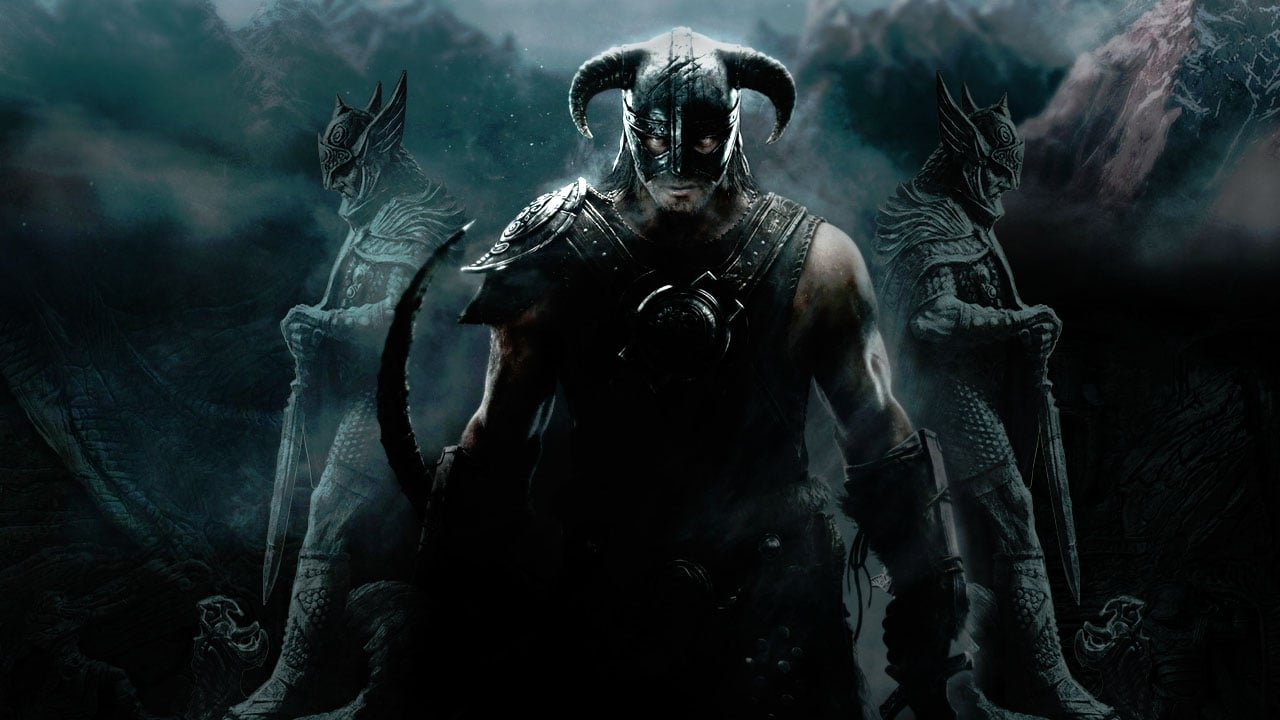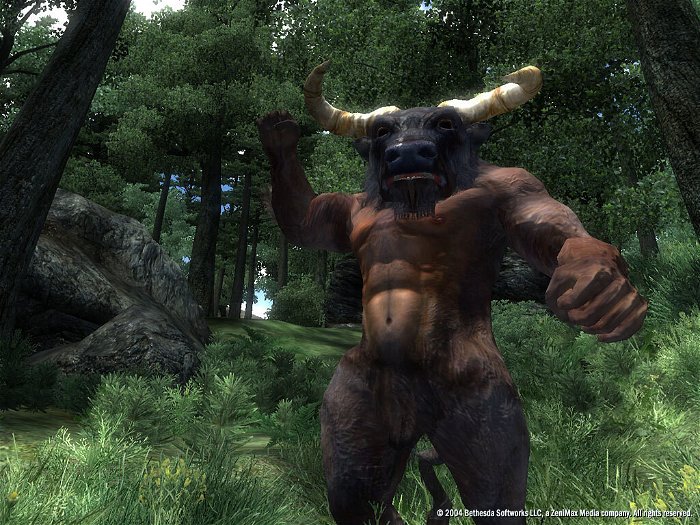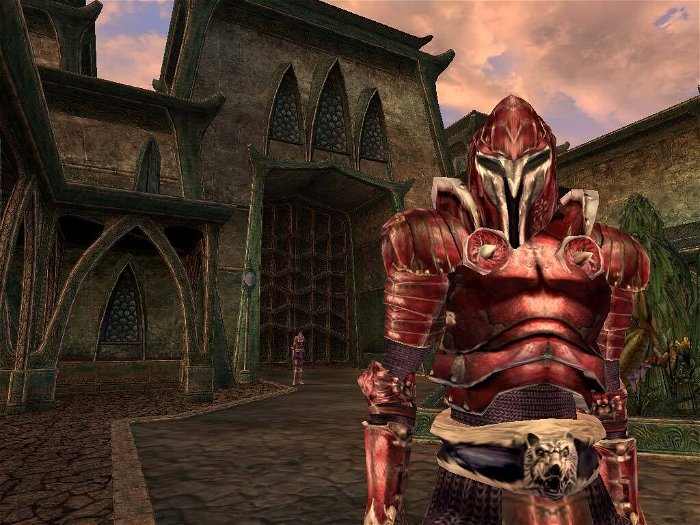Publisher Bethesda Softworks’ in-house development team, Bethesda Game Studios, has been delivering exceptional open-world Western role-playing games for over a decade now. It has never failed to win an award for each of its four games, and has played a vital role in the growing popularity of Western RPGs.
In 2002, the studio released The Elder Scrolls III: Morrowind for PC and Xbox. The game contains a free-form design, allowing players the freedom to go anywhere, and do anything they like in Morrowind’s setting. From the start, right after you create your character, you can steal, do side quests, and explore without completing the main quest; these have become the untouchable design elements of Bethesda’s games. However, Morrowind does have a much smaller setting compared to other Bethesda games. It’s set on Vvardenfell, an island in the Dunmer province of Morrowind. This was a deliberate choice from the studio as it wanted to include a more detailed environment with plenty of variety. Bethesda went for quality rather than quantity.
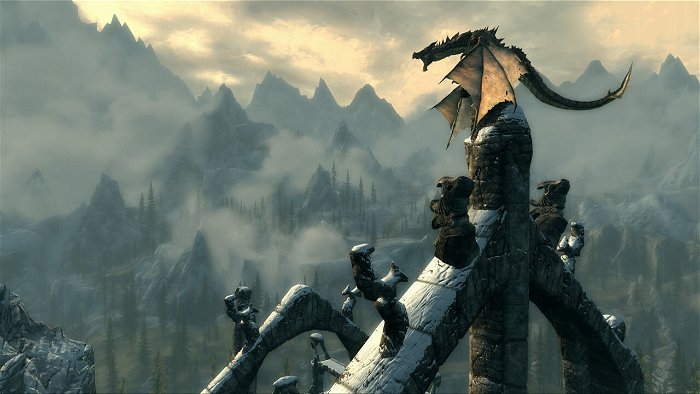
The combat is similar to The Elder Scrolls IV: Oblivion and The Elder Scrolls V: Skyrim. It’s basic hack-and-slash that does feel sluggish and janky. You can also obviously cast magic as well as use different types of melee weapons like swords and axes. Morrowind was met with great critical response as most outlets and critics praised its breadth of scope, free-form design, and environmental variety. It won several awards including IGN’s reader choice for Best Story. Bethesda made two expansion packs for it, Tribunal and Bloodmoon, which contained new environments to explore, new quests to complete, and new stories. Bethesda laid the groundwork with Morrowind for its future projects, as the game is far from the studio’s best work.
Four years later, Oblivion released for Xbox 360, PC, and in 2007 for PlayStation 3. As you’d expect, the RPG improves on Morrowind, from the gameplay mechanics to the worldbuilding. The basic elements of the latter game are still intact; Oblivion is a mammoth open-world game that lets players do anything they want. But Bethesda did use an improved Havok physics engine when designing Oblivion, which allowed for dynamic lighting, a Radiant A.I. system which makes non-player characters (NPCs) more intelligent and engage in more complex behaviors. Oh, and Oblivion does include fully voiced NPCs which was, believe it or not, a first for the series.
The game’s world map is large and is set in Cyrodiil on the continent of Tamriel. The story revolves around the player character’s effort to defeat a maniacal cult known as the “Mythic Dawn,” which is opening the gates to a realm called “Oblivion” all over Tamriel. As expected, the game received universal critical claim and was the second straight time that a Bethesda Game Studios’ game won a handful of awards, including Game of the Year. As of writing, it has sold over 4 million copies.
Similarly with Morrowind, Bethesda released two expansion packs for Oblivion called Knights of the Nine and Shivering Isles. In 2008 the studio went away from the medieval, high-fantasy setting of its previous two games and opted for a post-apocalypse futuristic setting replete with 1940s and 1950s cultural references. That game is Fallout 3. Yes, just like with Oblivion and Morrowind, Fallout 3 contains that same free-form design that enables the player to do anything they like in the game’s setting, the “Capital Wasteland” (Washington D.C). But the gameplay is slightly different because you use guns instead of melee weapons and magic. The Vault-Tec Assisted Targeting System, or V.A.T.S. is an important part of combat. While using it, real-time combat is paused and you can see the probability of hitting each of the enemy’s body parts through a percentage ratio. The action is played out from varying camera angles in a computer graphics version of “bullet time.” This system is vital because the real-time gunplay in Fallout 3 is arguably the worst aspect of the game. It’s far from a competent first-person shooter as aiming and shooting enemies feels like a chore.
Instead of creating its own fake landmarks and geography like it did for Morrowind and Oblivion, Bethesda included war-ravaged variants of real-life landmarks such as the White House, the Washington Monument, and the Jefferson and Lincoln Memorials. The world looks and feels broken down and ravaged; a stark contrast from the more beautiful and greener pastures of Morrowind and Oblivion.
Of course, Fallout 3 is also drastically different from its two predecessors, which are 2D, isometric, old-school role-playing games developed by Interplay Entertainment and Black Isle Studios, respectively. When Interplay went bankrupt and closed down Black Isle Studios, the license to develop Fallout 3 was sold for a $1,175,000 minimum guaranteed advance against royalties to Bethesda. The studio decided to make the game similar to the previous two titles in terms of aesthetic, tone, and the use of black comedy. The game won several Game of the Year awards, and received a total of five expansion packs.
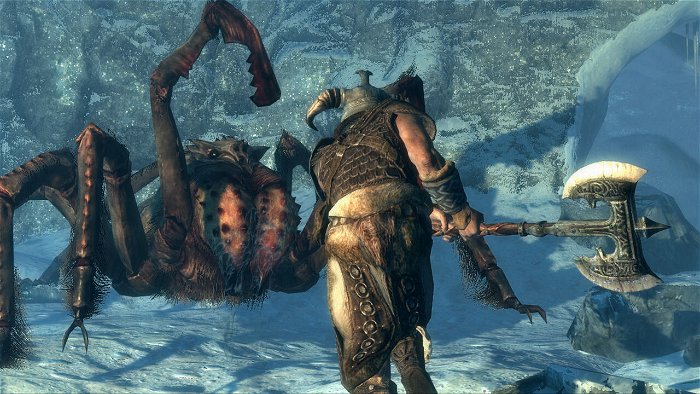
After the post-apocalypse setting, Bethesda returned to its high-fantasy roots in 2011 with Skyrim. The game is set 200 years after the events of Oblivion, but isn’t a direct sequel. Skyrim is the northern region of Tamriel. The biggest difference from Oblivion and Morrowind is the snowy aesthetic of Skyrim. You won’t find lush green foliage. The NPCs also speak with an Icelandic accent. From the start, the studio wanted to incorporate dragons in Skyrim, with the main plot revolving around your character tasked with taking down Alduin the World-Eater, a dragon who is prophesied to destroy the world. You can also fight other dragons throughout Skyrim in side quests.
The combat was improved as there’s more weight to your melee attacks, and for the first time you can actually play the game using mostly magic. The main story is also memorable and isn’t so easily outshined by the game’s side quests, which is the case in Bethesda’s previous titles. Skyrim quickly became the highest-selling game for the studio, with roughly 3.4 million physical copies of the game sold within just two days of its launch. As of writing, the game has sold over 22 million copies worldwide, and is also the most acclaimed game Bethesda has made, surpassing its other three critical darlings. Skyrim is the hallmark for Western RPGs, and a great primer for those interested in getting into the genre. It isn’t too difficult or overly complicated, and it invites newcomers in with its focus on player choice and freedom.
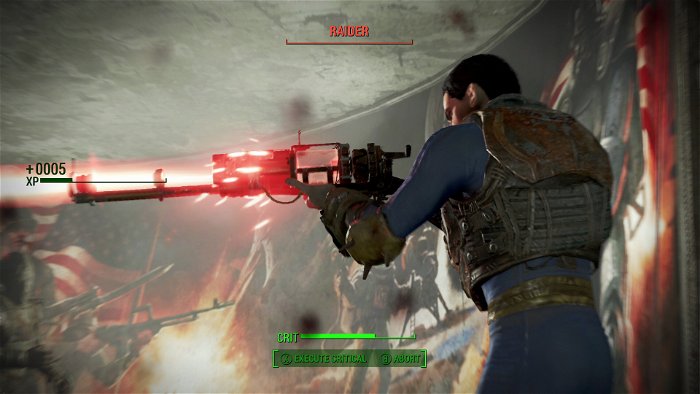
Fast-forward another four years and Bethesda Game Studios has released Fallout 4, one of the most highly anticipated games of 2015. The studio has set a certain expectation for its work, as people always look forward to getting lost in the massive worlds the developer has been able to construct over these years. Fallout 4 has already shipped 12 million copies within a few days of its launch, proving that Bethesda’s RPGs are still the cream of the crop for most players.
